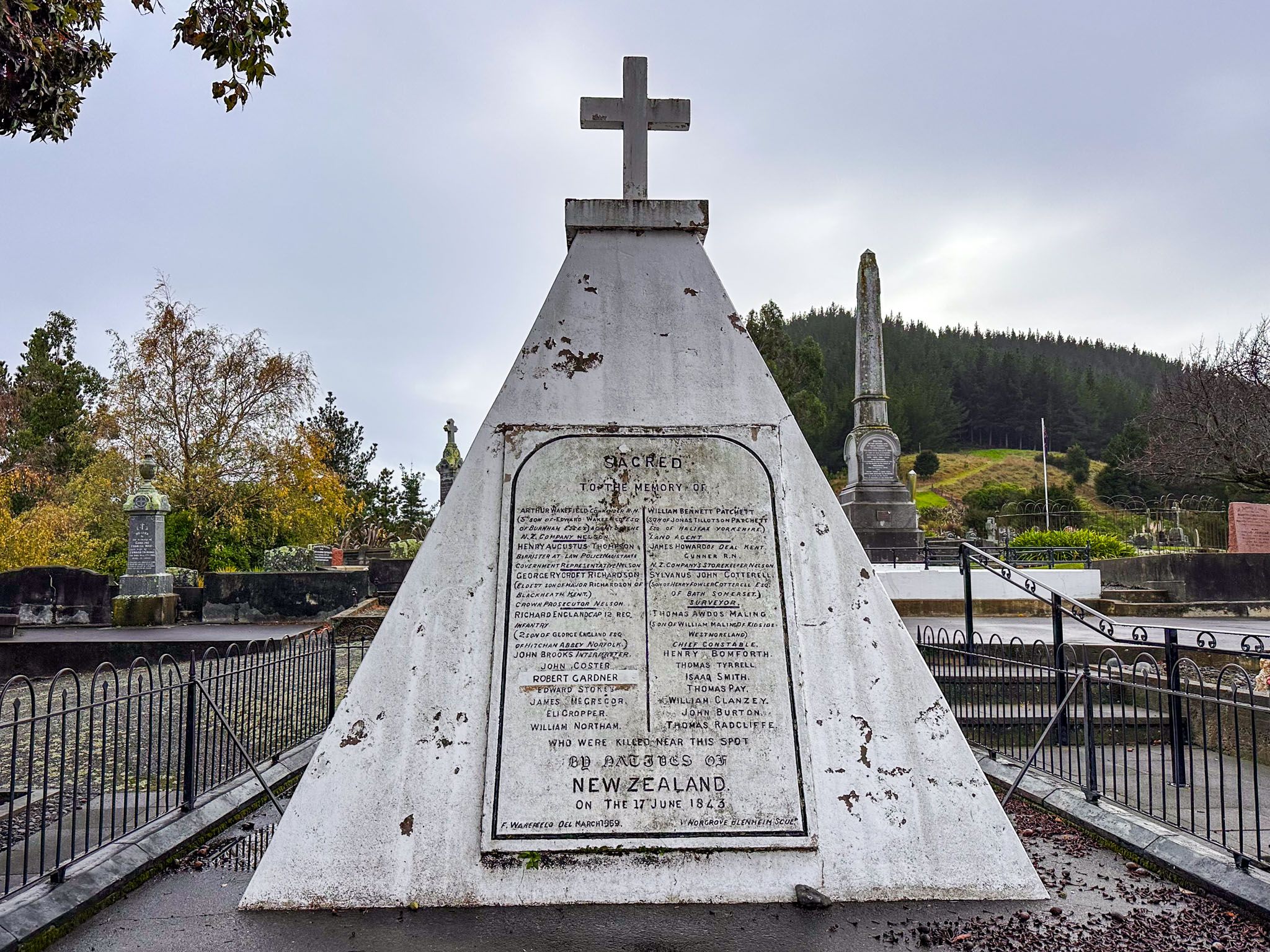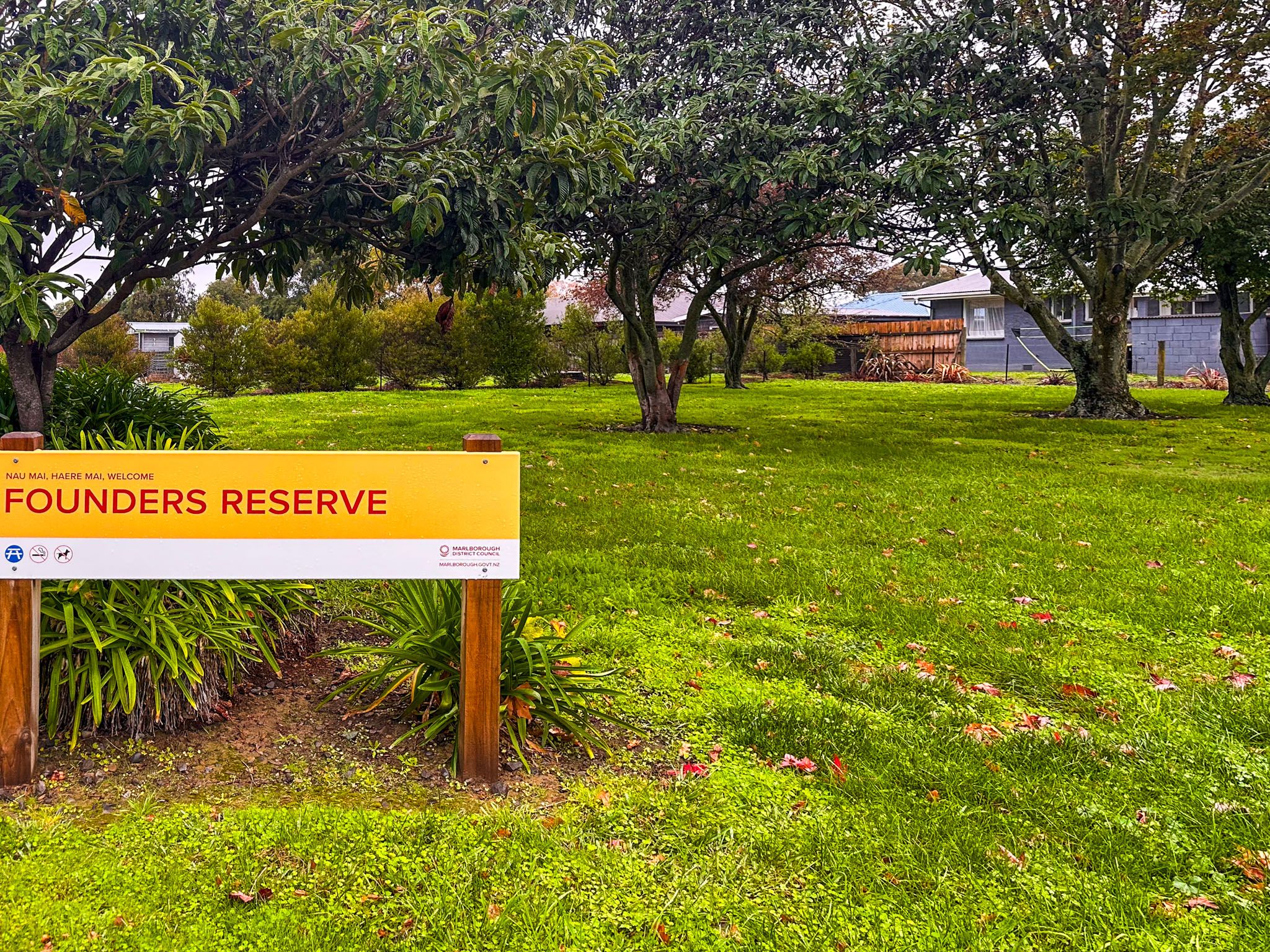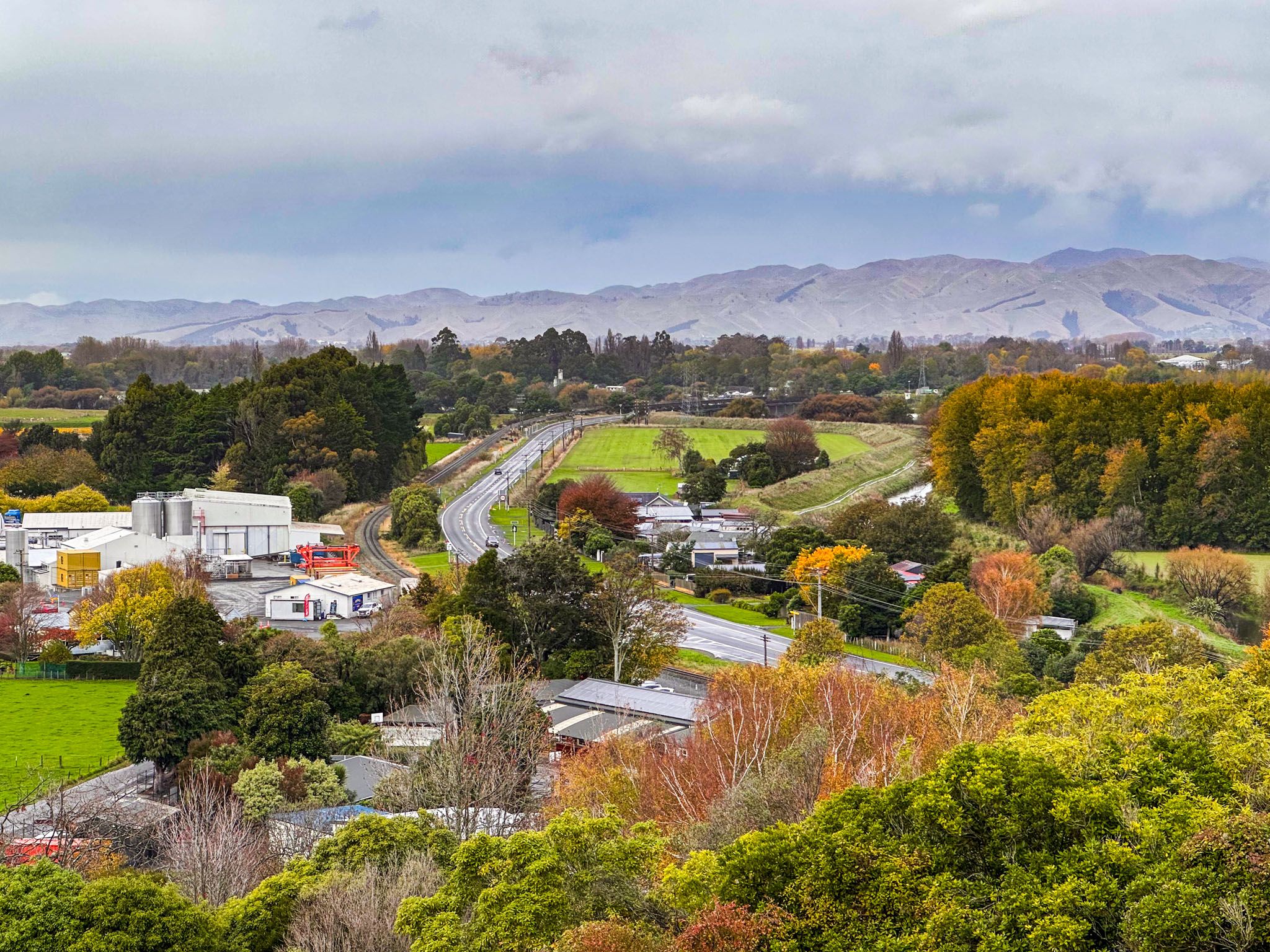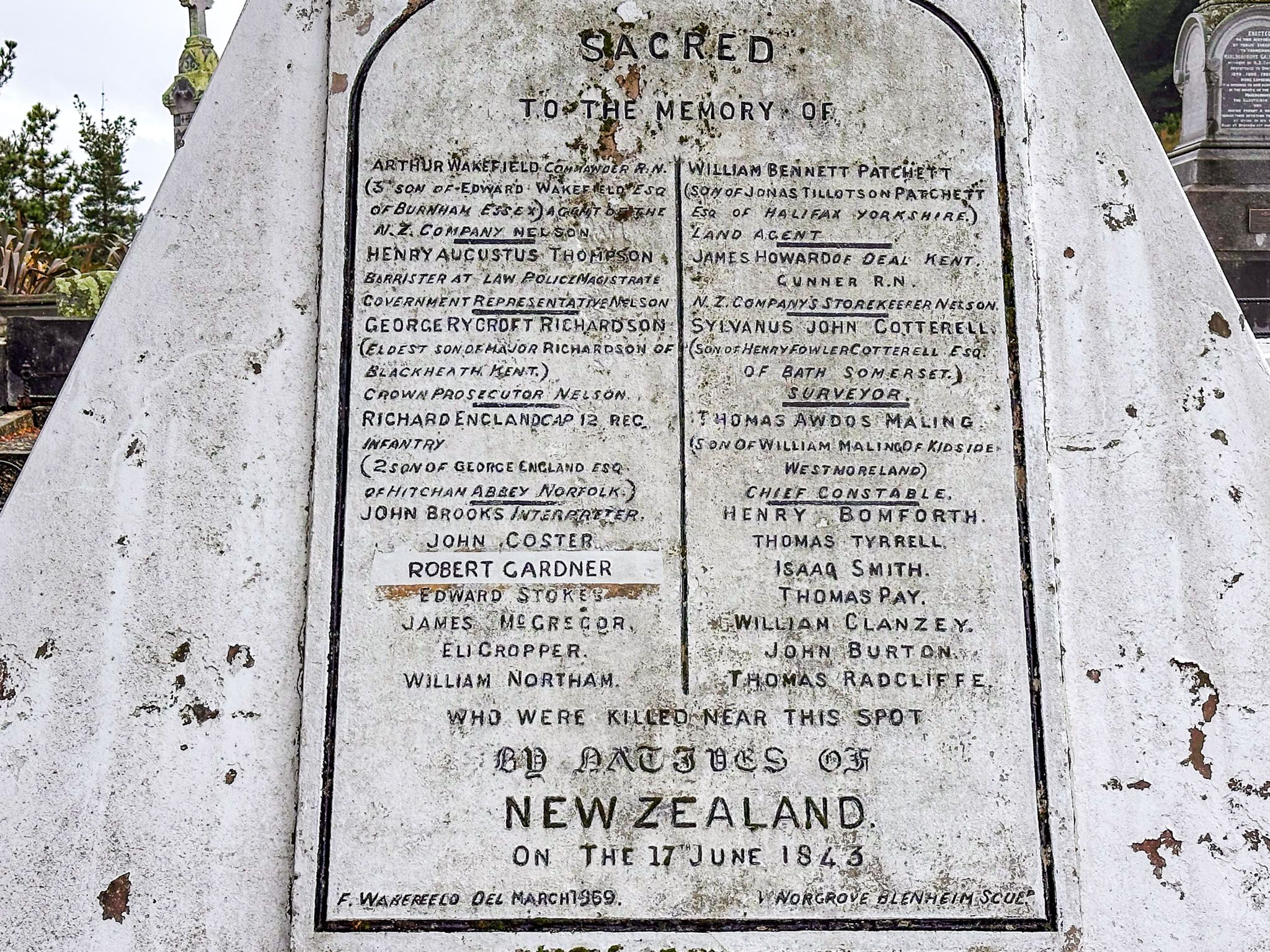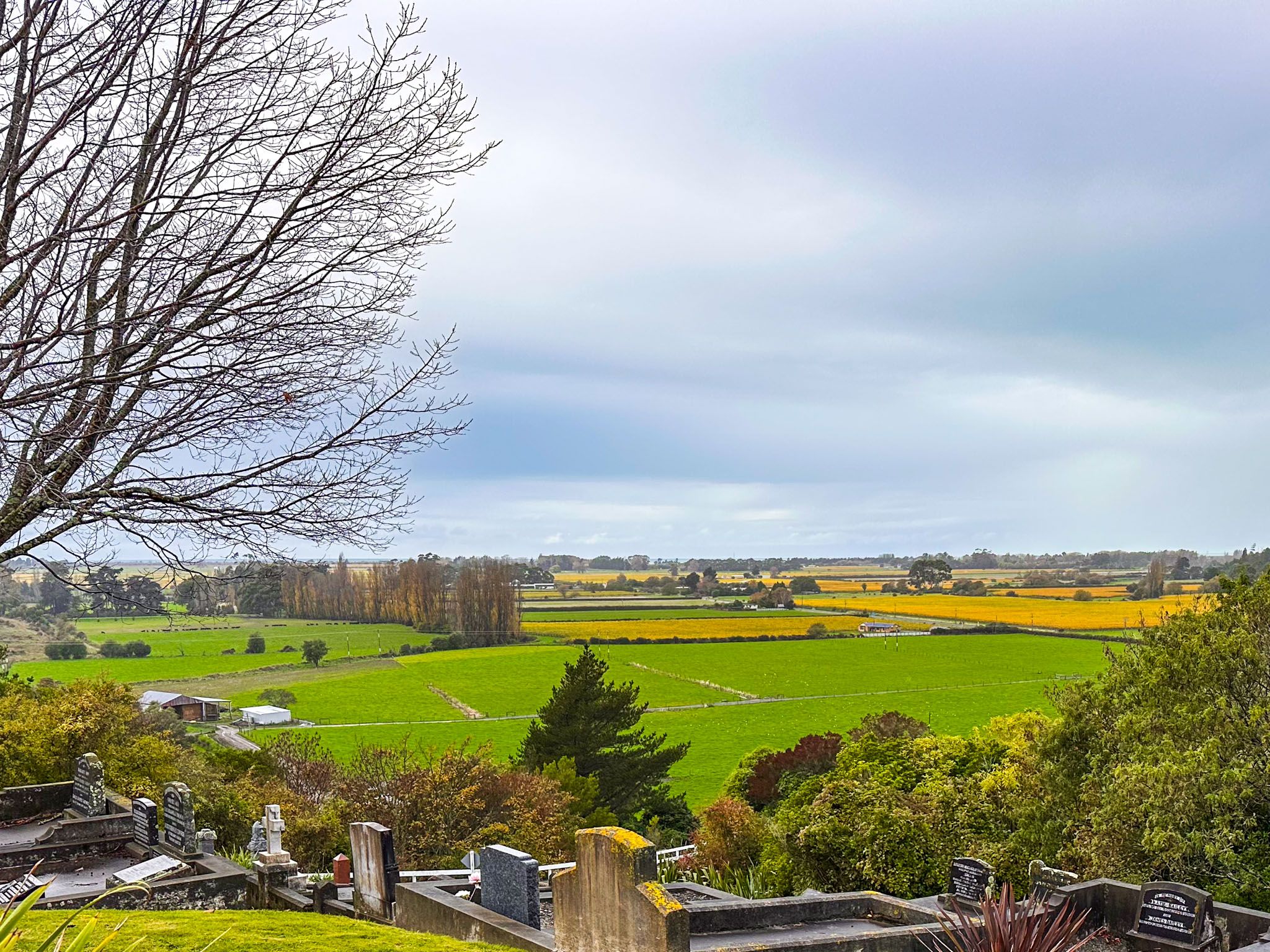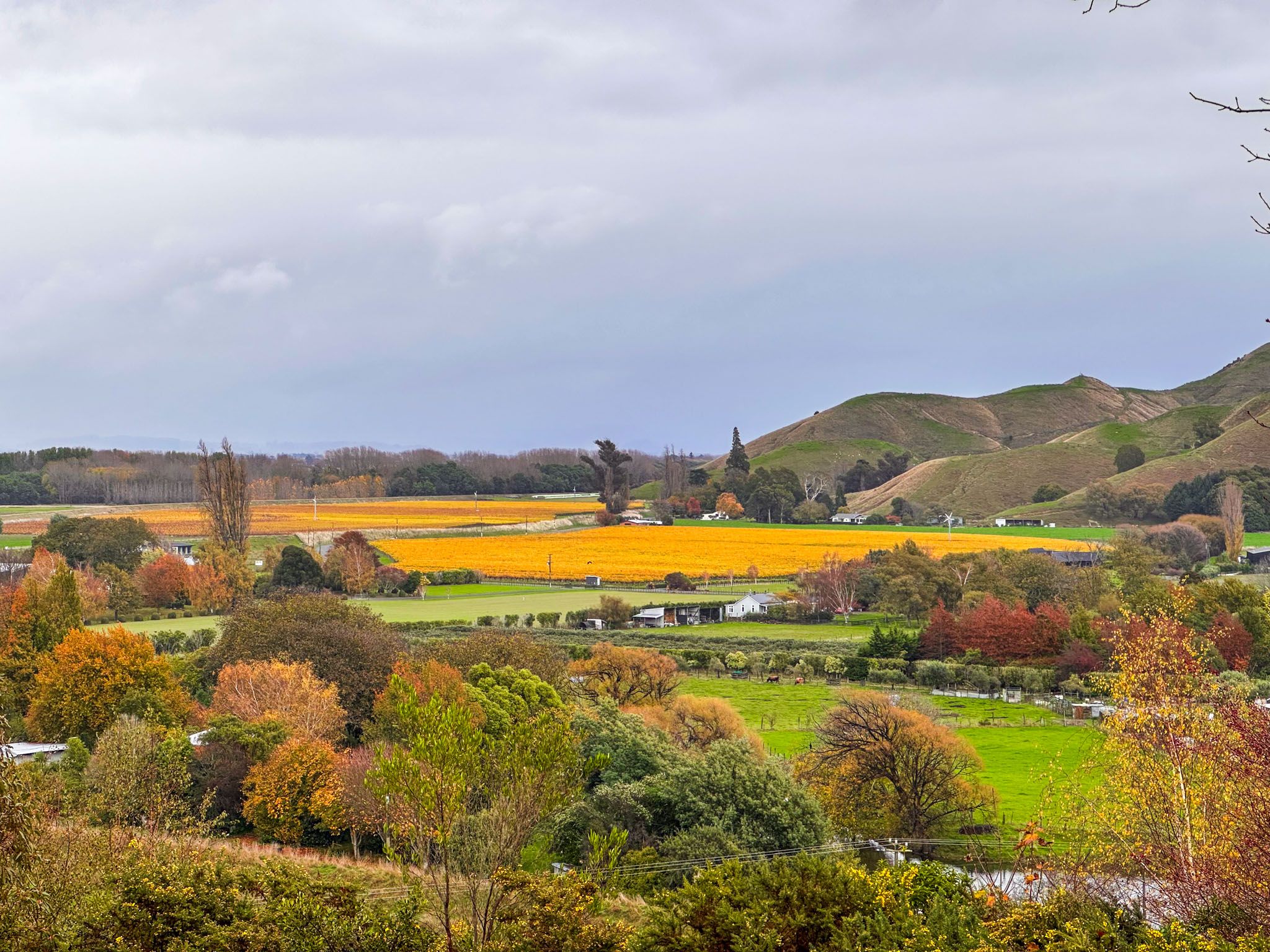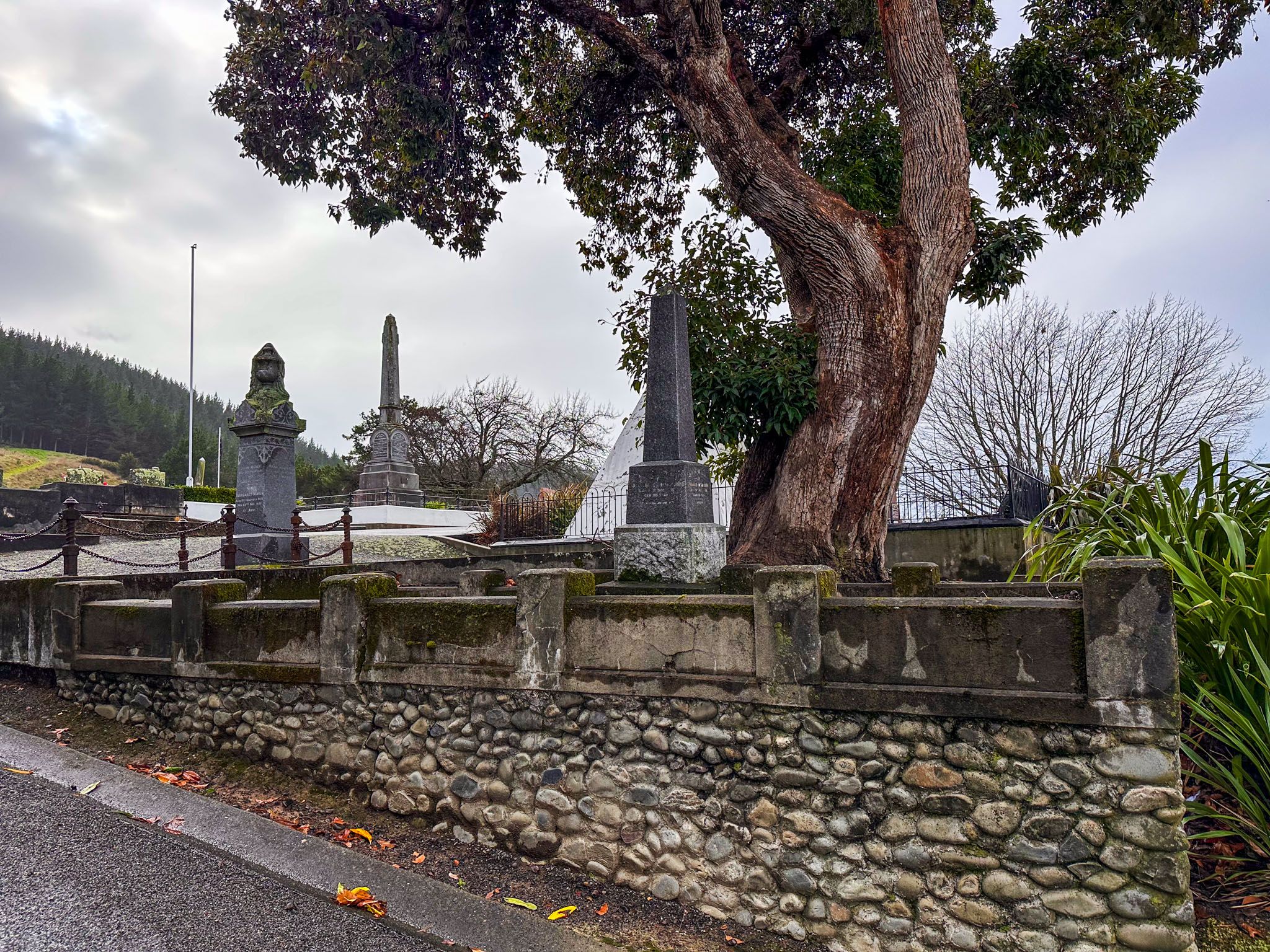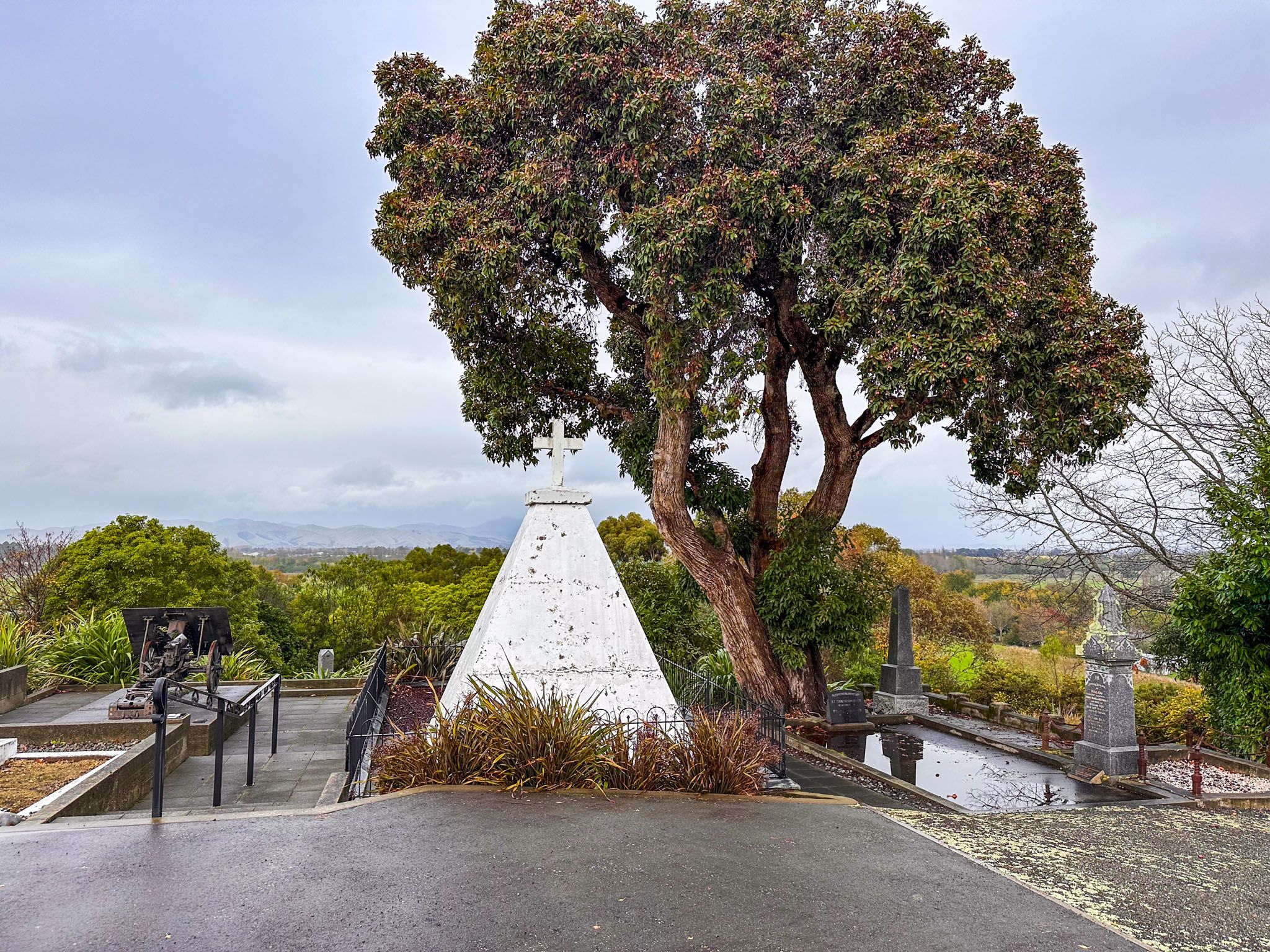The Wairau Affray was the site of the first violent confrontation between Māori and European settlers after the signing of Te Tiriti o Waitangi / Treaty of Waitangi in 1840. The affray took place near Tuamarina, about 10 km north of Blenheim, on the edge of the Wairau Valley, Marlborough. Today, State Highway 1 runs through the location as it enters the Taumarina River valley on the way to Picton.
At the heart of the affray was a land dispute between the New Zealand Company, a private venture backed by British investors, and the iwi Ngāti Toa. The iwi was led by Te Rauparaha and Te Rangihaeata and had largely taken control of the north of the South Island during the Musket Wars of the 1820s and 1830s. The New Zealand Company claimed to have purchased land in the Wairau Valley as part of a transaction supposedly concluded in Wellington in 1839. However, this claim was false, and Ngāti Toa refused to accept it.
The Company’s extensive land claims were subject to formal review by the new British government, which claimed preemption over land purchases from Māori under the Te Tiriti o Waitangi. Te Rauparaha was happy to see the issue resolved as part of the review, but demanded that the surveyors remain out of the Wairau Valley in the meantime. The Company, desperate to establish ownership of a large block of land to meet its commercial objectives, tried to force the issue and sent surveyors into the Wairau in 1843 to begin pegging out lots for sale. This led to a confrontation, resulting in the destruction of the surveyors’ tools and shelters. In turn, the magistrate in the new town of Nelson, Henry Thompson, issued arrest warrants for Te Rauparaha and Te Rangihaeata, accusing them of arson.
In mid-June 1843, around 50 settlers, including officials, police, and deputised civilians, set out from the new town of Nelson to make the arrests. The settlers faced off against Te Rauparaha’s group of 90 people, including warriors, on opposite sides of the Tuamarina River. Inevitably, a shot was fired, which led to a gunfight, leaving four Māori dead and eleven settlers, including Thompson. Eleven other settlers were taken prisoner while trying to flee, and two were quickly killed.
Unfortunately for the surviving nine prisoners, one of the Māori killed was Rongo, Te Rangihaeata’s wife and a relative of Te Rauparaha. Applying the customary practice of utu (retribution), Te Rangihaeata demanded the execution of the captives. This included Arthur Wakefield, one of the three Wakefield brothers associated with the New Zealand Company and a founder of Nelson.
At the time, there were still very few Europeans in New Zealand, and war with well-armed Māori was not an option. The then Governor, Robert Fitzroy, was also having to deal with multiple misleading and outright fraudulent land claims by the New Zealand Company. An official inquiry by the Governor found that the settlers had acted unlawfully in pursuing the attempted arrest and placed the blame on the Company. Although he stated the conduct of killing prisoners was not acceptable, no further action was pursued.
In 1846, Ngāti Toa sold the Wairau when Te Rauparaha was held by the government for a time. However, another government enquiry, 100 years later, found that this sale was also illegitimate, as Rangitāne iwi were the true tangata whenua (people of the land) as occupiers before the invasion by Ngāti Toa in the late 1820s.
A memorial to the European dead stands at the Tuamarina Cemetery, situated on the south side of the hill that marks the western entrance to the Tuamarina River Valley. The cemetery can be found at the end of Cotterill Street, and there is a superb view over the northern end of the Wairau Valley. The site of the first shots is between the river and State Highway 1 on Pioneer Place, immediately north of Tuamarina and opposite the hill. There is a panel there that explains the events.
